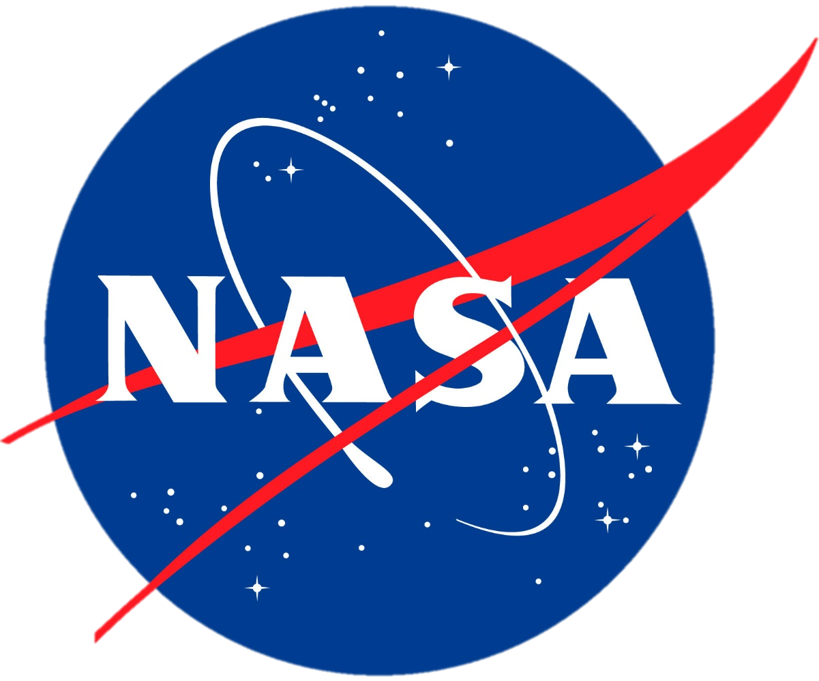Dragonfly
NASA’s newest mission to explore the solar system delivers an 8-bladed rotorcraft to visit Saturn’s largest and richly organic moon, Titan. Slated for launch in 2026 and arrival in 2034, Dragonfly will sample and examine dozens of promising sites around Saturn’s icy moon and advance our search for the building blocks of life.
During its 2.7-year (32-month) baseline mission, Dragonfly will explore Titan’s diverse environments and take advantage of its dense nitrogen-based atmosphere – four times denser than Earth’s – to fly like a drone. The mission marks the first time NASA will fly a multi-rotor vehicle for science on another planet, as well as the first vehicle ever to fly its entire science payload to new places for repeatable and targeted access to surface materials.
Since the basic building blocks of life on Titan are expected to be similar to those on Earth before life arose, Dragonfly’s instruments will help advance astrobiology and study how far pre-life chemistry may have progressed. Additionally, its instruments will investigate the moon’s atmospheric and surface properties, subsurface ocean, liquid reservoirs, and areas where water and complex organic materials key to life once existed together for possibly tens of thousands of years.







